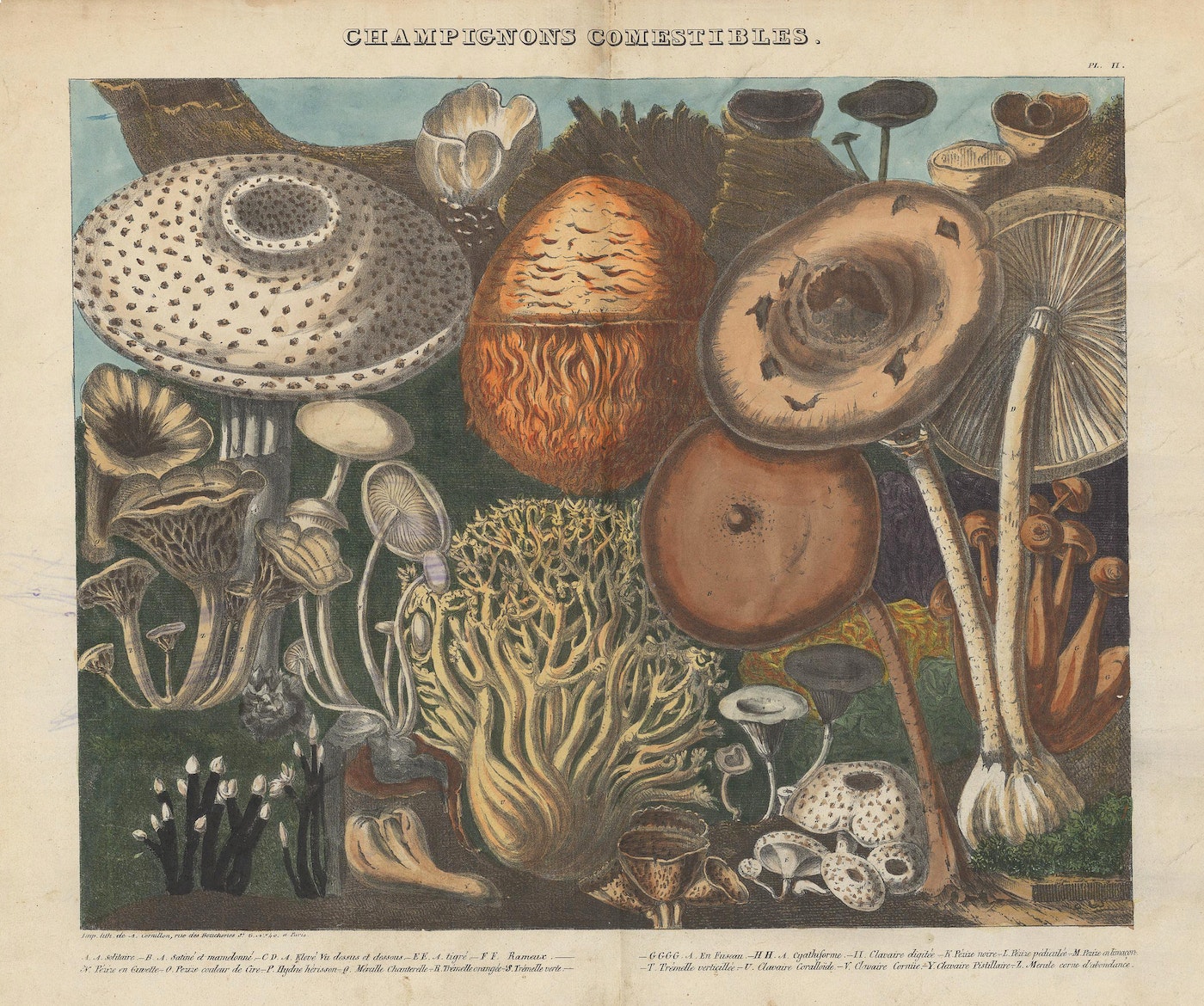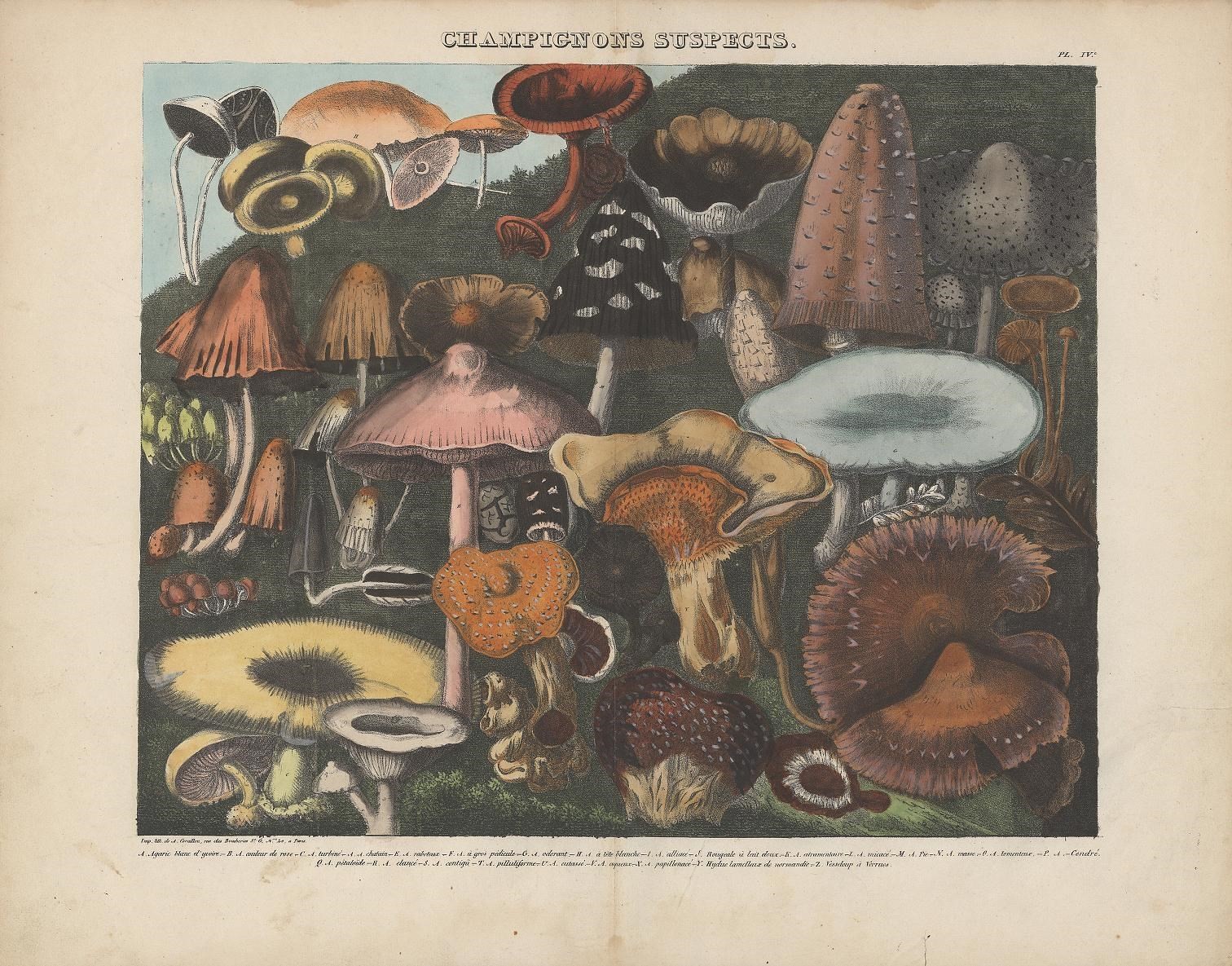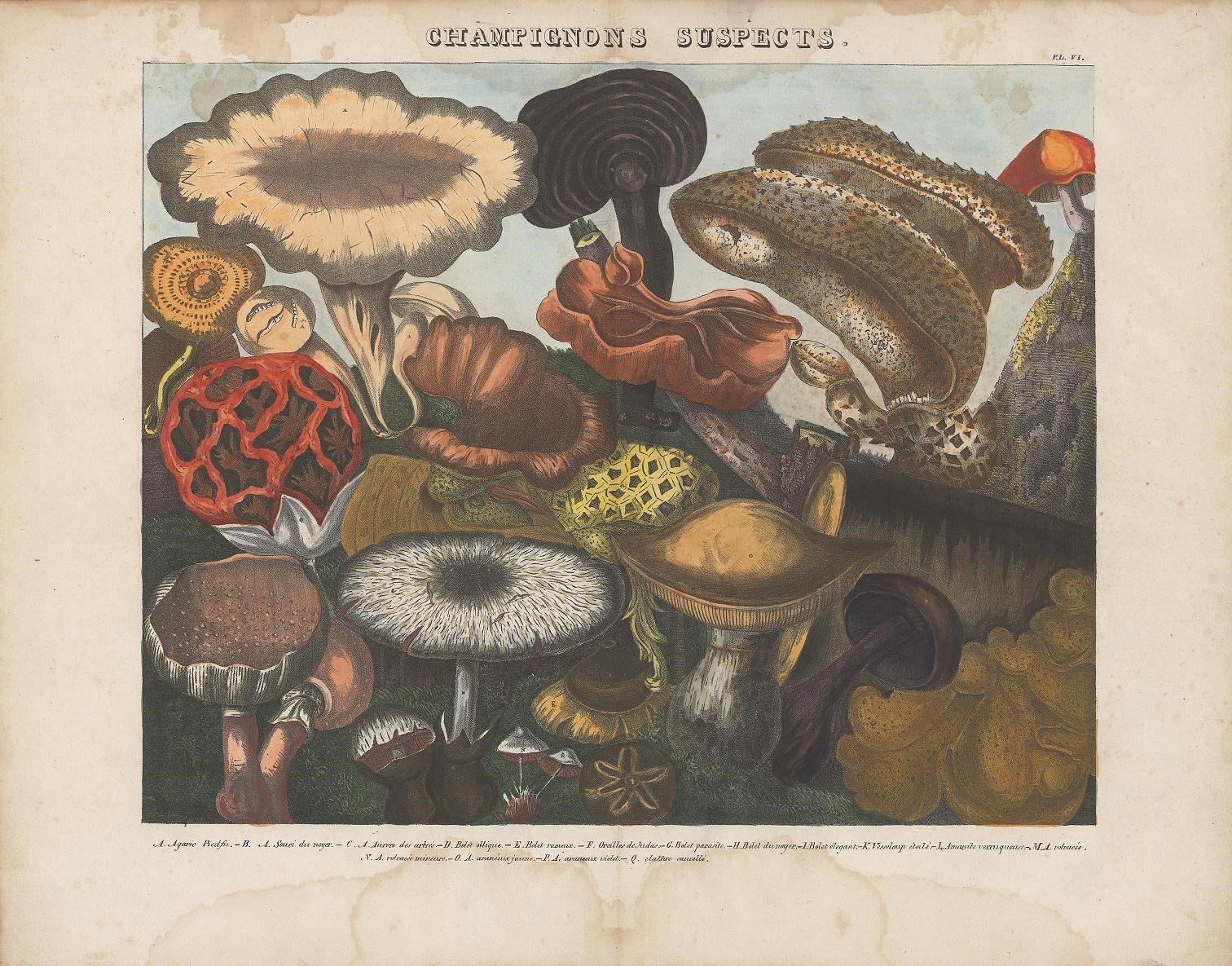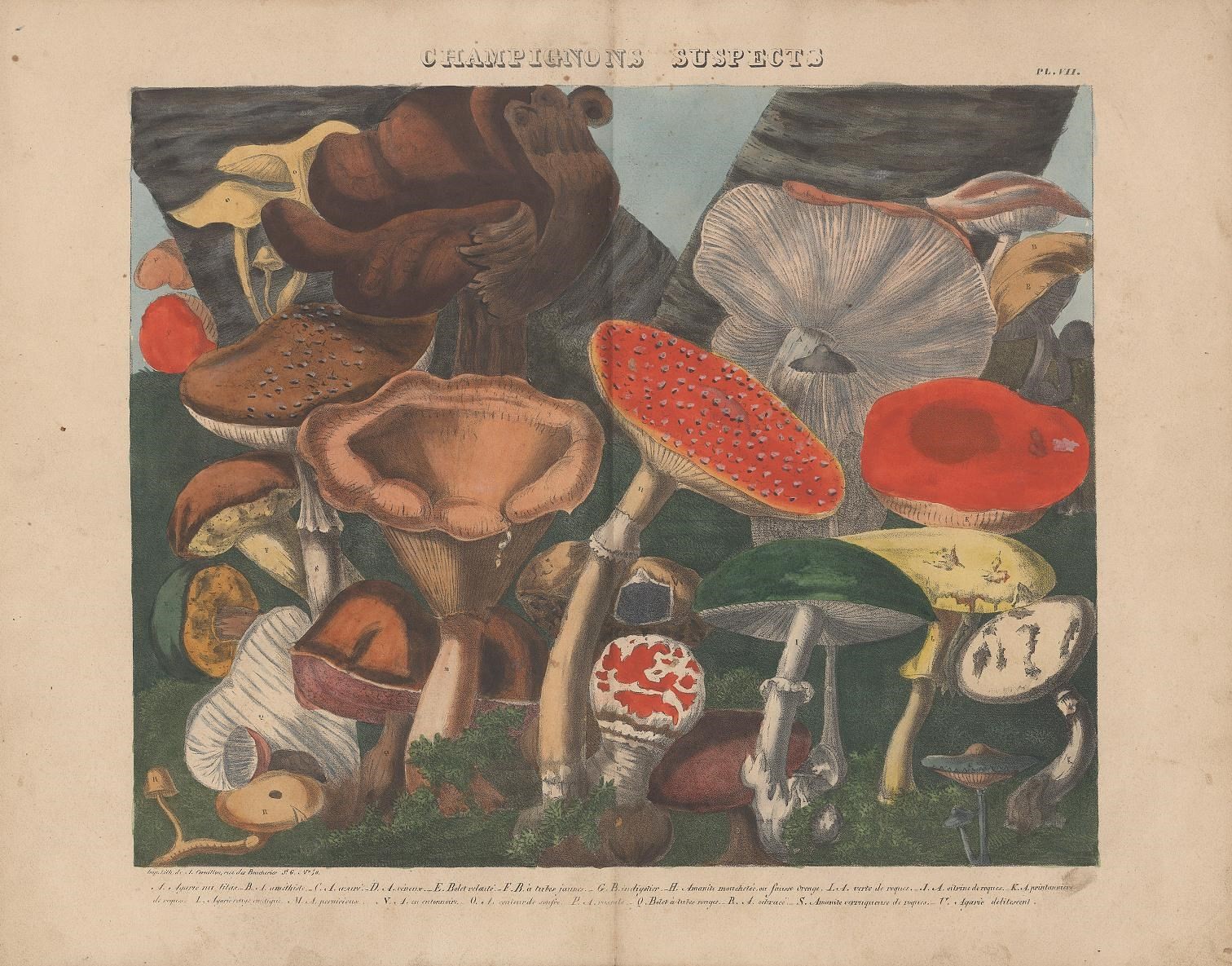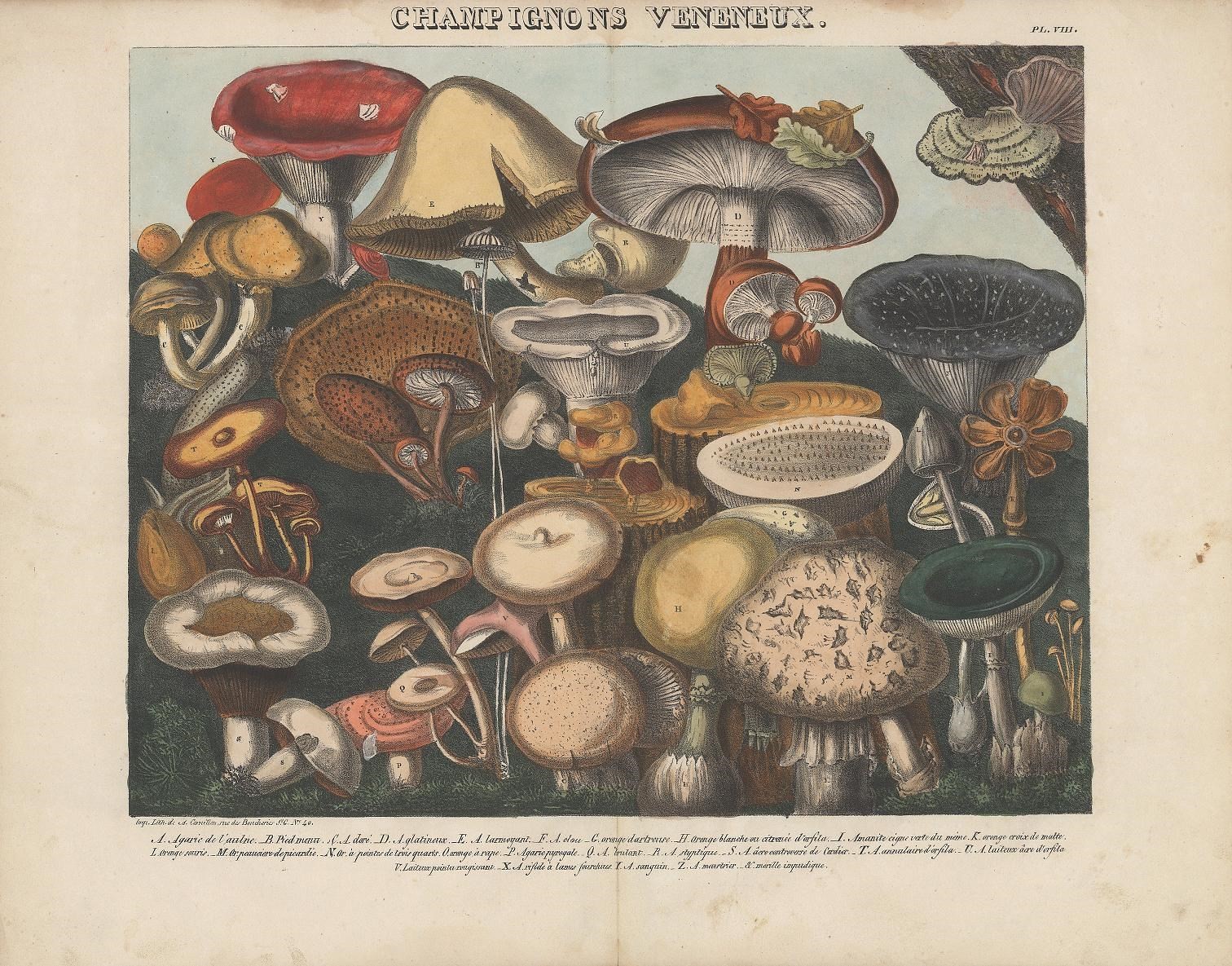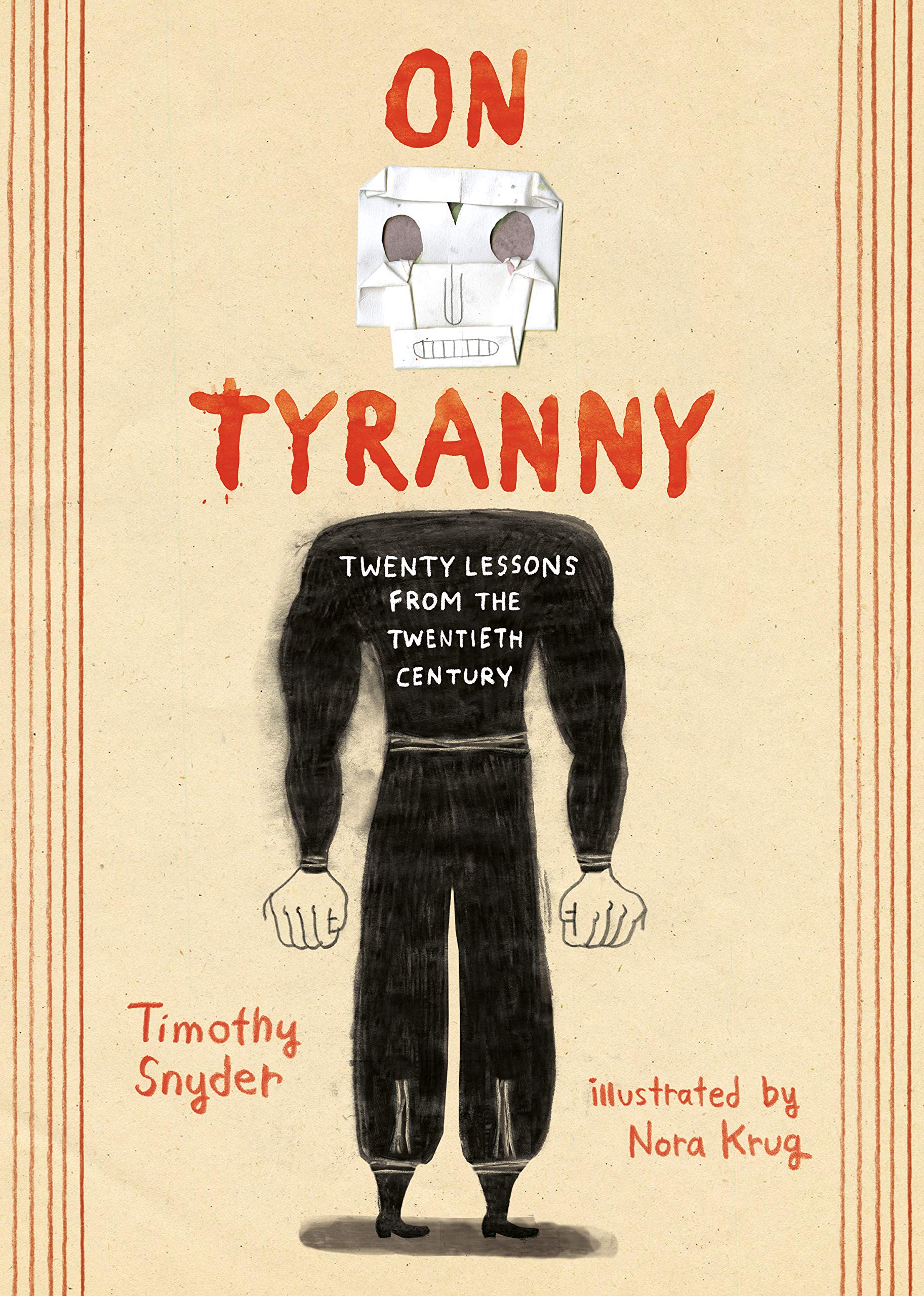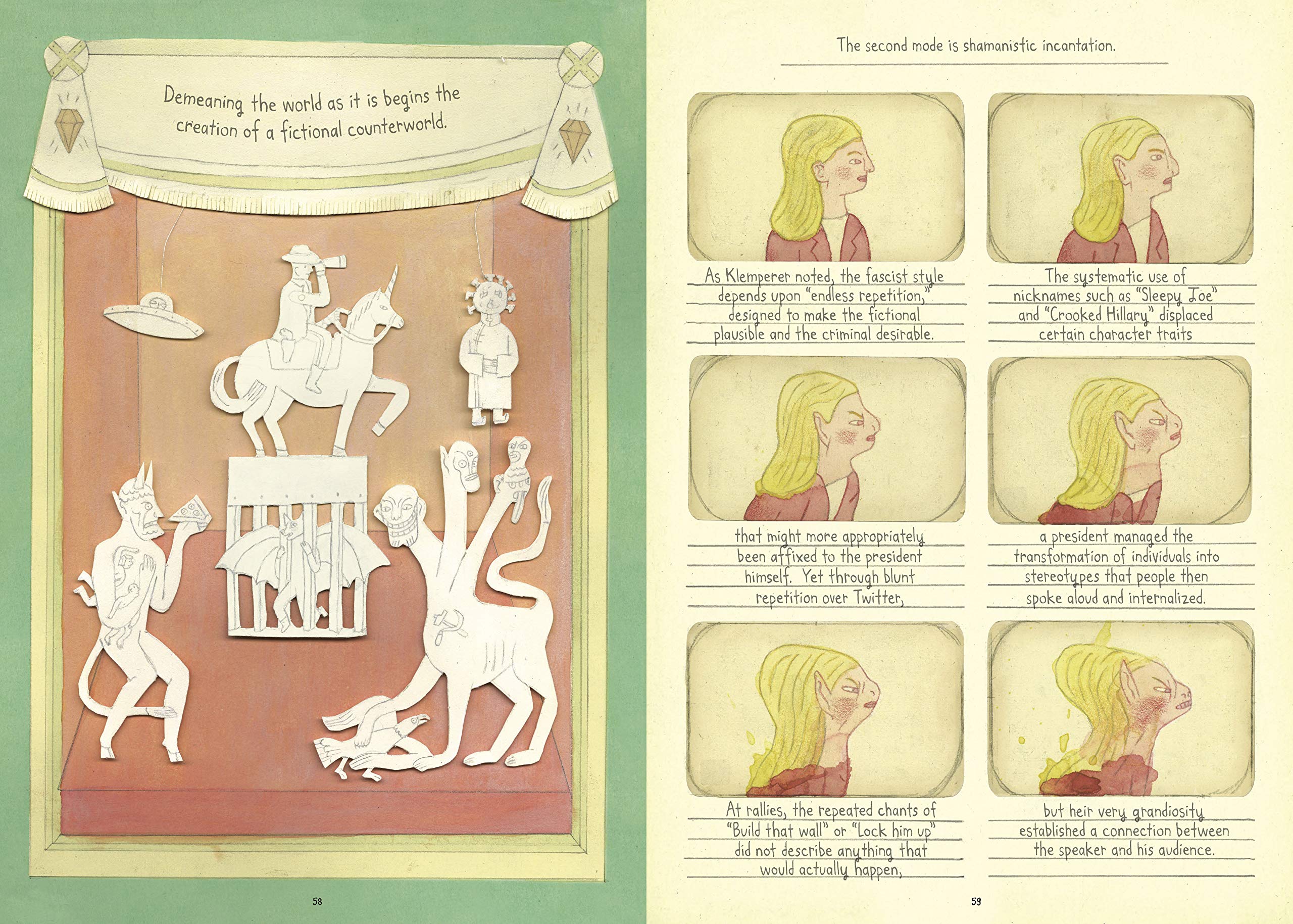Youtuber Polyphonic has done a good job of looking at some hoary old classics of ‘60s rock, but he doesn’t always dip his toe in taking on contemporary music, or even considering a modern canon. Pronouncing what is essential listening of the last few decades is a minefield, especially among the ranks of Commentus YouTubus.
So their choice to explore Nick Cave and the Bad Seeds’ “Red Right Hand” is a deft one. It’s not Cave’s most well-known song—-that would be “The Mercy Seat”—-but it’s one that many non-Cave fans know regardless. Though released in 1994, it’s now best known as the theme song from Peaky Blinders, though it also showed up in all three of the first Scream films. It’s been used to sell tequila and tourism as well.
Polyphonic first delves into the source of the title—the “Red Right Hand”—as coming from Milton’s Paradise Lost, spoken by fallen angel Belial:
“What if the breath that kindled those grim fires,
Awaked, should blow them into sevenfold rage,
And plunge us in the flames; or from above
Should intermitted vengeance arm again
His red right hand to plague us?”
This is the hand of God, and a vengeful, Old Testament one at that. But that will only get you so far into the lyrics of this creepy song. As Polyphonic peels back the layers of Cave’s verses, the man with the red right hand could be God, could be the Devil, could be a man, could be a ghost. He could offer you a Faustian pact, or they could take everything away immediately. It could be government, or capitalism, or the media, or materialism.
Cave, to the song’s credit, leaves everything in a liminal space (as Polyphonic illustrates with the kind of crossroads blues players love to sing about). What’s left is a warning, a sense of unease, a feeling that maybe it’s already too late. Maybe we really are just all fallen angels with no idea how to get back home to paradise.
That’s why Cave includes it in most of his live sets. He can improvise on the lines, adding, as he has been doing, references to Twitter and social media. Cave might have left his religious upbringing in his youth, but he knows that the best way to express the unease of the modern condition is to get biblical. And part of that is mystery. Even fellow Bad Seed Mick Harvey knows not to go looking for answers from his friend about this particular song.
“I still find it mysterious,” he told the New York Post. “I don’t want to know the details, and I’d never ask Nick. Sometimes it’s better to think ‘What the hell’s that all about?’ It’s better that it’s unknowable and spooky.”
As a bonus, here’s Snoop Dogg’s quizzical cover version where he pushes and is pulled between his own style and Cave’s.
Related Content:
Nick Cave’s Online Store: Pencils Adorned with Lyrics, Mugs, Polaroids & More
Ted Mills is a freelance writer on the arts who currently hosts the Notes from the Shed podcast and is the producer of KCRW’s Curious Coast. You can also follow him on Twitter at @tedmills, and/or watch his films here.

